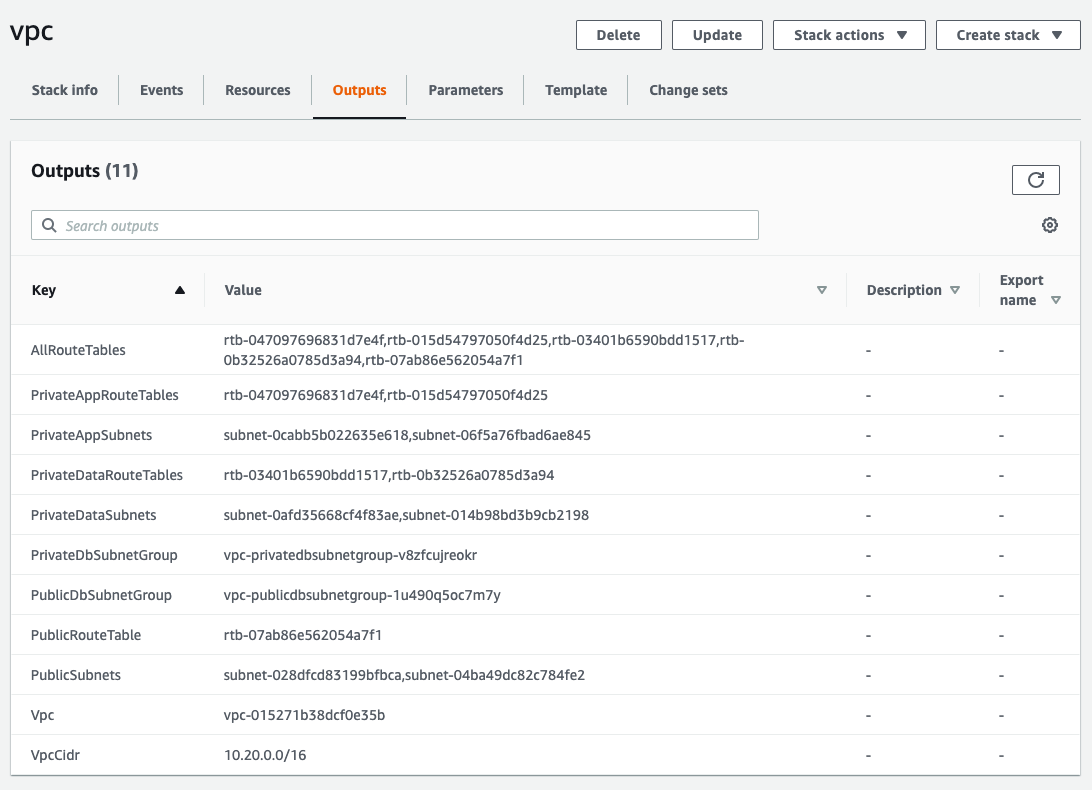NOTE: This repo contains only the documentation for the private BoltsOps Pro repo code. Original file: https://github.com/boltopspro/ecs-asg/blob/master/README.md The docs are publish so they are available for interested customers. For access to the source code, you must be a paying BoltOps Pro subscriber. If are interested, you can contact us at contact@boltops.com or https://www.boltops.com
This blueprint provisions an AutoScaling on-demand fleet of instances registered to an ECS Cluster.
- Contains Lambda functions for the Auto Scaling lifecycle hooks to call ECS Container Instance Draining.
- Does a Auto Scaling Rolling Update and should result in no downtime as long as your Docker containers are designed to shutdown gracefully.
- Contains Auto Scaling alarms based on ECS Cluster CPU and Memory Metrics. So the on-demand fleet will grow as required to handle more containers. It will also scale down according to save costs.
- Setup config/settings.yml: Settings Setup
- Add blueprint to Gemfile
- Configure: configs/ecs-asg values
- Deploy blueprint
Add the blueprint to your lono project's Gemfile.
gem "ecs-asg", git: "git@github.com:boltopspro/ecs-asg.git"Use the lono seed command to generate a starter config params files. Here are commands for the development and production environments:
LONO_ENV=development lono seed ecs-asg
LONO_ENV=production lono seed ecs-asg
The files in config/ecs-asg folder will look something like this:
configs/ecs-asg/
└── params
├── development.txt
└── production.txt
There are 2 parameters required: Subnets and Vpc. Replace them with your values. The example starter configs/ecs-asg/params/development.txt looks something like this:
# Required parameters:
VpcId=vpc-111 # Find at vpc CloudFormation Outputs
Subnets=subnet-111,subnet-222,subnet-333 # Find at vpc CloudFormation Outputs
# Optional parameters:
# InstanceType=m5.large
# KeyName=...
# EcsCluster=development
# ExistingIamInstanceProfile=...
# ExistingSecurityGroups=...
# EbsVolumeSize=50
# MinSize=1
# MaxSize=4
# MinInstancesInService=2
# MaxBatchSize=1
A quick way to get the VPC and subnet values is from the vpc CloudFormation Outputs. Here's an example of development.
It is recommended to run the ECS containers on the PrivateAppSubnets.
Repeat the same process and configure params and variables files for the production environment also.
Use the lono cfn deploy command to deploy.:
LONO_ENV=development lono cfn deploy ecs-asg --sure --no-wait
LONO_ENV=production lono cfn deploy ecs-asg --sure --no-wait
If you are using One AWS Account, use these commands instead: One Account.
To access the ec2 instances for debugging we strongly recommend using SSM Session Manager. The instances in this blueprint have SSM manager installed. You can quickly setup Session Manager on your AWS account with the Session Manager Pro script.
A security group will be assigned to the ASG EC2 instances. The security group that may be created depends on how you configure the parameters. Here's how they work:
- If you would like to use a pre-created existing security group then set the
ExistingSecurityGroupsparameter. The existing security group will be used and no "managed" security group will be created by the CloudFormation template. - If you're using the managed security group instead, you can control the managed security group rules with the
@security_group_ingressvariable.
To open security group rules on the Managed Security Group you can use the @security_group_ingress variable. Example:
configs/ec2/variables/development.rb:
@security_group_ingress = [{
CidrIp: "0.0.0.0/0",
FromPort: 22,
IpProtocol: "tcp",
ToPort: 22,
}]The UserData can be customized with the @user_data_script variable. The variable should be set to the path of the script. Example:
configs/ec2/variables/development.rb:
@user_data_script = "configs/ec2/user_data/bootstrap.sh"The script is wrapped in a base64 and sub call. So Pseudo Parameters are available to be used in the script if needed. Example:
configs/ec2/user_data/bootstrap.sh
echo ${AWS::StackName}
The custom @user_data_script is appended to an existing default UserData script that ships with the blueprint. The UserData runs cfn-init and applies configsets before the custom @user_data_script.
You can force a rolling update by setting the FORCE_UPDATE environment variable. This adds a comment to the UserData script with a random timestamp. This allows you to deploy new instances without having to "change" code.
The IAM permissions required for this stack are described below.
| Service | Description |
|---|---|
| autoscaling | Creates AutoScaling Group, Policies, Launch Configuration, Lifecycle Hook |
| cloudformation | To launch the CloudFormation stack. |
| cloudwatch | Alarm to trigger the AutoScaling Policies. |
| ec2 | Security Group |
| iam | Instance Profile associated with AutoScaling Group. |
| lambda | Lambda function for the AutoScaling Lifecycle Hook. |
| s3 | Lono managed s3 bucket |
| sns | SNS Topic notification |
That's it. Go back to the main boltopspro/reference-architecture



